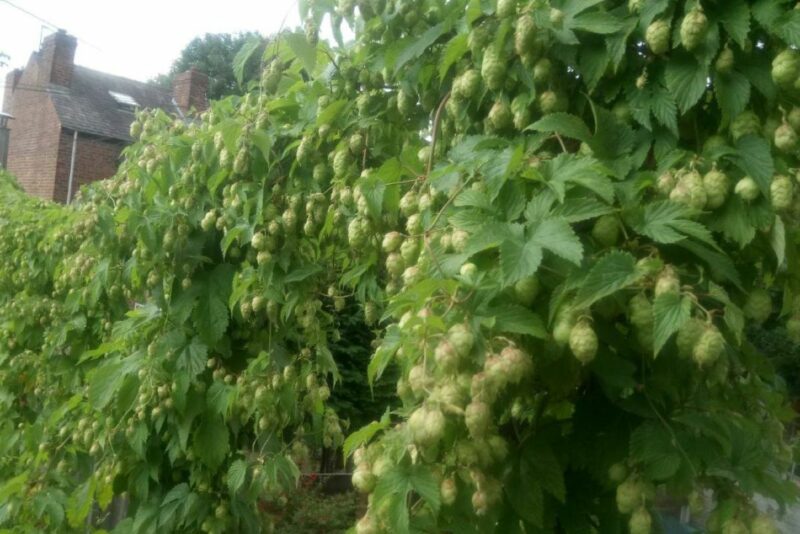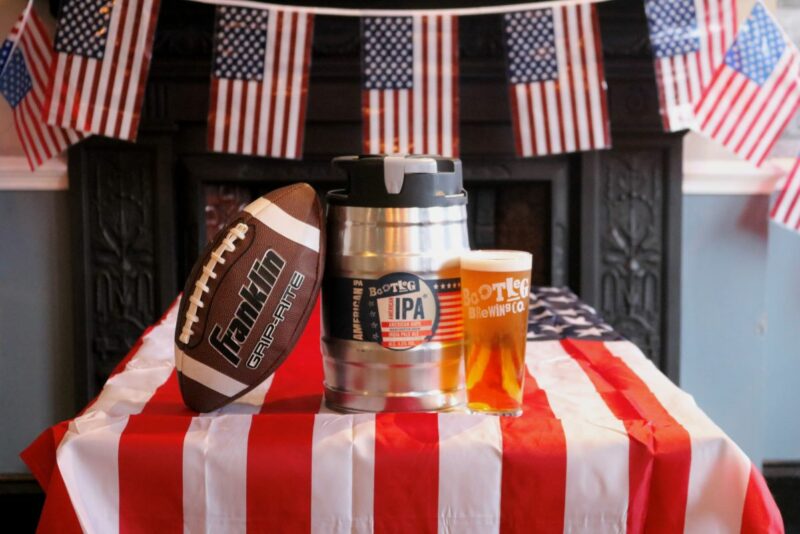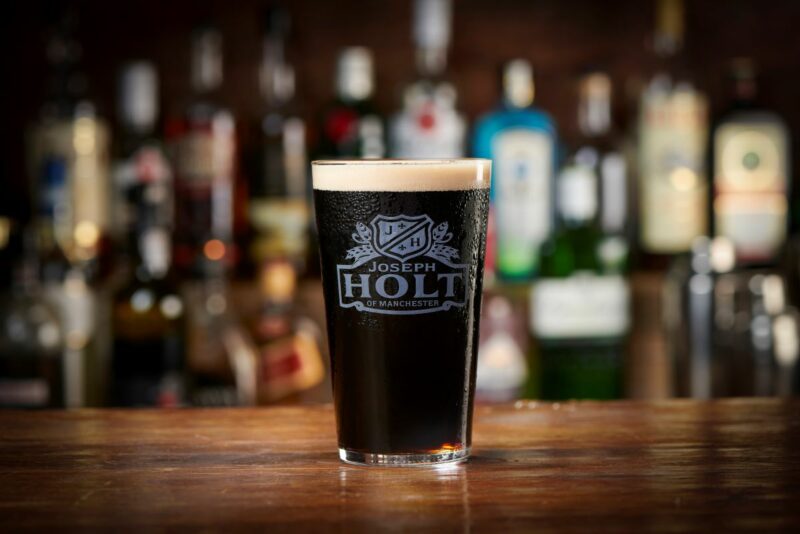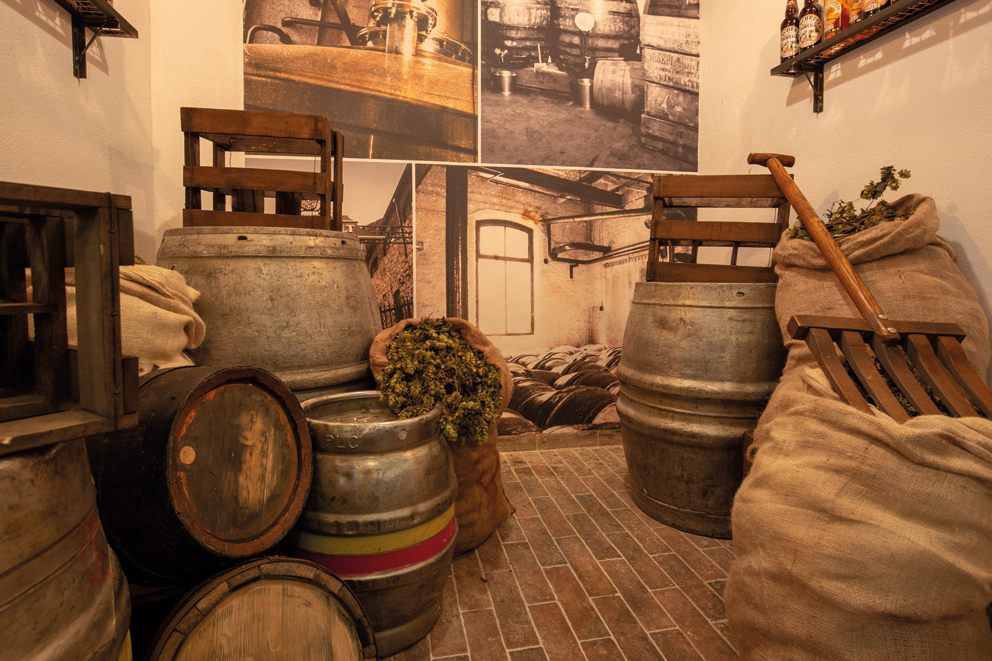
Cask vs Keg: What’s The Difference Between Cask and Keg?
Walk into most pubs these days and you’ve got a choice between different types of ale, lager, and stout – and that’s before we even mention cask vs keg.
Used to describe how a beer or ale is stored and poured, cask vs keg is a topic that splits fans of our favourite beverage like no other. If you’re a beer fan in general, you can read all about the main types of beer styles here.
But what exactly sets cask and keg apart? And what difference does it have on the drink itself? We reveal everything you need to know about cask and keg in this blog.
What is a cask?
First things first, a cask is a large wooden or metal barrel that you’ll probably recognise from pub cellars. Historically, all casks were made from wood by a skilled cooper, but now the majority are made from aluminium or stainless steel.
They’re stored lengthways on their side and have a circular hole (called a bunghole) at one end. This is where a keystone is inserted and then a tap to remove the ale. Casks are commonly used to store beer as well as wine, port, whiskey and many other alcoholic beverages. In fact, it’s the most traditional method of keeping beer and non-pressurised drinks.
What is a keg?
Unlike the origins of cask, a keg barrel is usually crafted from stainless steel and houses all manner of carbonated drinks – including non-alcoholic drinks.
While smaller mini kegs can be bought for people to enjoy beer at home, pubs and breweries tend to have half barrels (called a kilderkin) which hold 18 gallons – roughly 144 pints.
These are stored in temperature-controlled basements or cellars, and use cold pipes to serve up a chilled and refreshing drink.
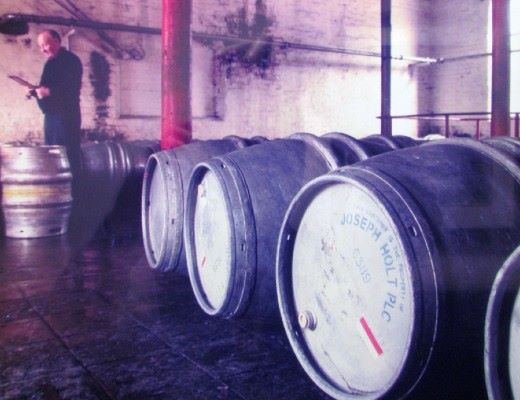
What is cask ale?
Cask ale, which is also referred to as cask-conditioned beer or even real ale, is beer stored in a cask barrel. When it’s kept in this way, it goes through a secondary fermentation process.
As a ‘live product’, it’s not interfered with, doesn’t go through a filter and isn’t pasteurised, meaning it contains active yeast. As the beer sits in the barrel, it matures and the live yeast turns any sugars into alcohol. Soft and natural carbonation occurs and fans of cask ale will tell you a deeper flavour is provided.
Well-known examples of cask ale include types of bitter, such as Joseph Holt Bitter, certain pale ales and golden ales, just like Two Hoots.
Another thing to note about cask ale is that it’s not ready to be poured straight away. In fact, when a pub receives a barrel of cask ale, it requires a bit of time and TLC to turn it into the drink that people love. There’s true artistry behind it!
Looking after cask ale
To ensure the perfect pint, it’s important that the pub cellar is in optimum condition. This includes the barrel being stored at the right temperature and placed securely so that the beer won’t be disturbed and the flavour affected. A tap needs to be attached to the side and a vent is required to allow gas out but to keep the beer in. This is called racking, tapping and venting.
Finings are added, which are often made from gelatin, to draw yeast and sediments to the bottom of the cask. For this reason, cask ale isn’t usually suitable for vegans or vegetarians.
The beer is then left, for a minimum of 24 hours, before the perfect pint is ready to be drawn and served through a beer engine and cask handle. As this type of beer is deemed as a fresh product, the contents of the cask typically need to be used up in three days.
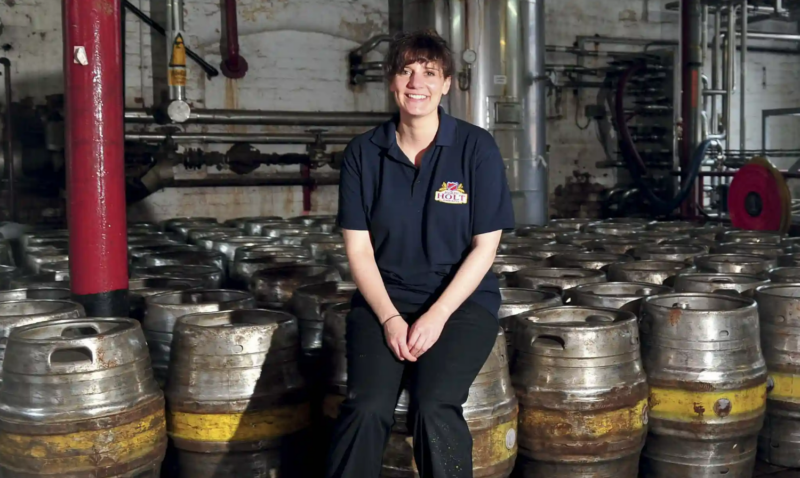
What is keg beer?
Keg beer or keg ales are those served from kegs – a cold conditioning and pressurised tank. The keg barrel has a single opening called the bung and a self-closing valve that allows gas – such as carbon dioxide – to flow through.
Keg beer doesn’t actually have fizzy bubbles in it. Instead, a gas pump is fitted to the keg, pushing gas in and allowing the drink out. The beer is then pumped into draught taps at the bar, which is why keg beer is also known as ‘on draught’. Staff are even alerted when the barrel is nearly empty and needs to be changed.
Some of the more popular keg beers include lagers, such as Diamond Lager, stouts like Trailblazer Stout, keg pale ales such as American pale ale styles and not so strong beers like session ales.
Popular on the craft beer scene, beers in kegs are typically filtered and pasteurised. This is to make sure that there aren’t any active ingredients, the taste is consistent and the shelf life prolonged. The fact they’re kept in pressurised containers, with little oxygen, also adds to a longer shelf life. Keg beer is usually served cold, at around 3-8 degrees.
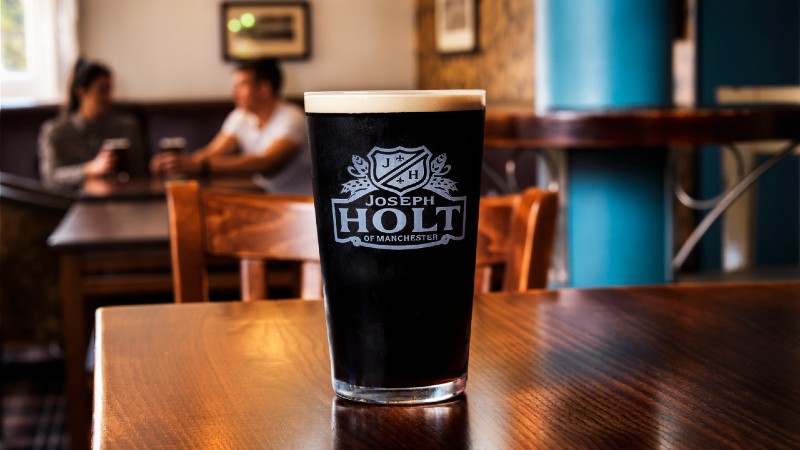
The difference between cask and keg
So now you know exactly what cask and keg means, let’s highlight some of the biggest differences between the two:
| Cask Beer | Keg Beer | |
| Material | While we are seeing more metal casks, traditionally they’re made from wood. | Kegs tend to be crafted from stainless steel. |
| Carbonation | Cask beers don’t have added gas, instead the carbonation is a natural reaction from the fermentation process. | Keg beer is served with the addition of gas – such as carbon dioxide and sometimes nitrogen. |
| Temperature | Cask beers are usually served at cellar temperature (11-13 degrees). | Keg beers are served at a much colder temperature – usually around 3-8 degrees. |
| Design | Casks are rounded in shape to allow for sentiment to settle. | Kegs are straighter in design and have a single opening. |
| Shelf life | As a ‘fresh’ product, ales from casks need to be used up within three days. | Keg beers last for much longer as little oxygen comes into contact with the liquid. |
| Preparation | Cask ales require stillaging, tapping and venting before serving, which can take up to 48 hours. | Keg ales are ready to drink. |
| Taste | The flavour of cask ales is described as being deep and rich. | Keg beers, however, are light and refreshing. |
So, what’s the best: Cask or Keg?
This really depends on what style of beer you like. Also, some of the brewing techniques used in cask ales mean they won’t be suitable if you’re a vegetarian or vegan.
If you’re looking for a rich and deeply flavoured beer, best enjoyed gently chilled rather than cold, then a cask ale will suit. If you’re looking for a fresher, more carbonated and colder drink, keg beer shouldn’t disappoint.
Of course, you might want to try both to see which one gets your taste buds going. It’s common for beer drinkers to enjoy both styles depending on what mood they’re in and how well the pub looks after its cellar! Or maybe, you have a firm favourite and nothing you read can sway your decision.
Either way, check out our list of the best pubs in your local area and find yourself a quiet spot to enjoy a pint or two of cask or keg beer.

